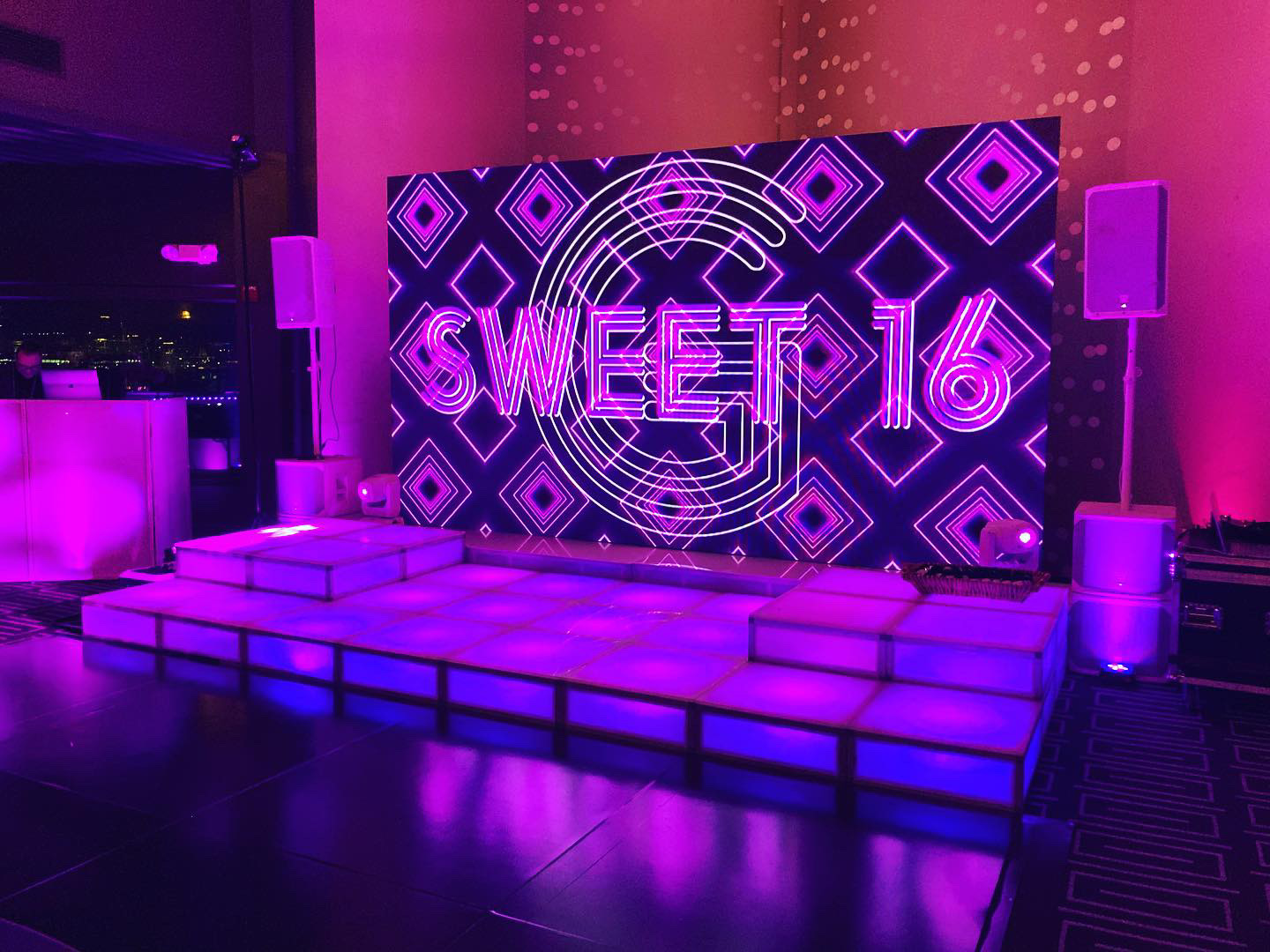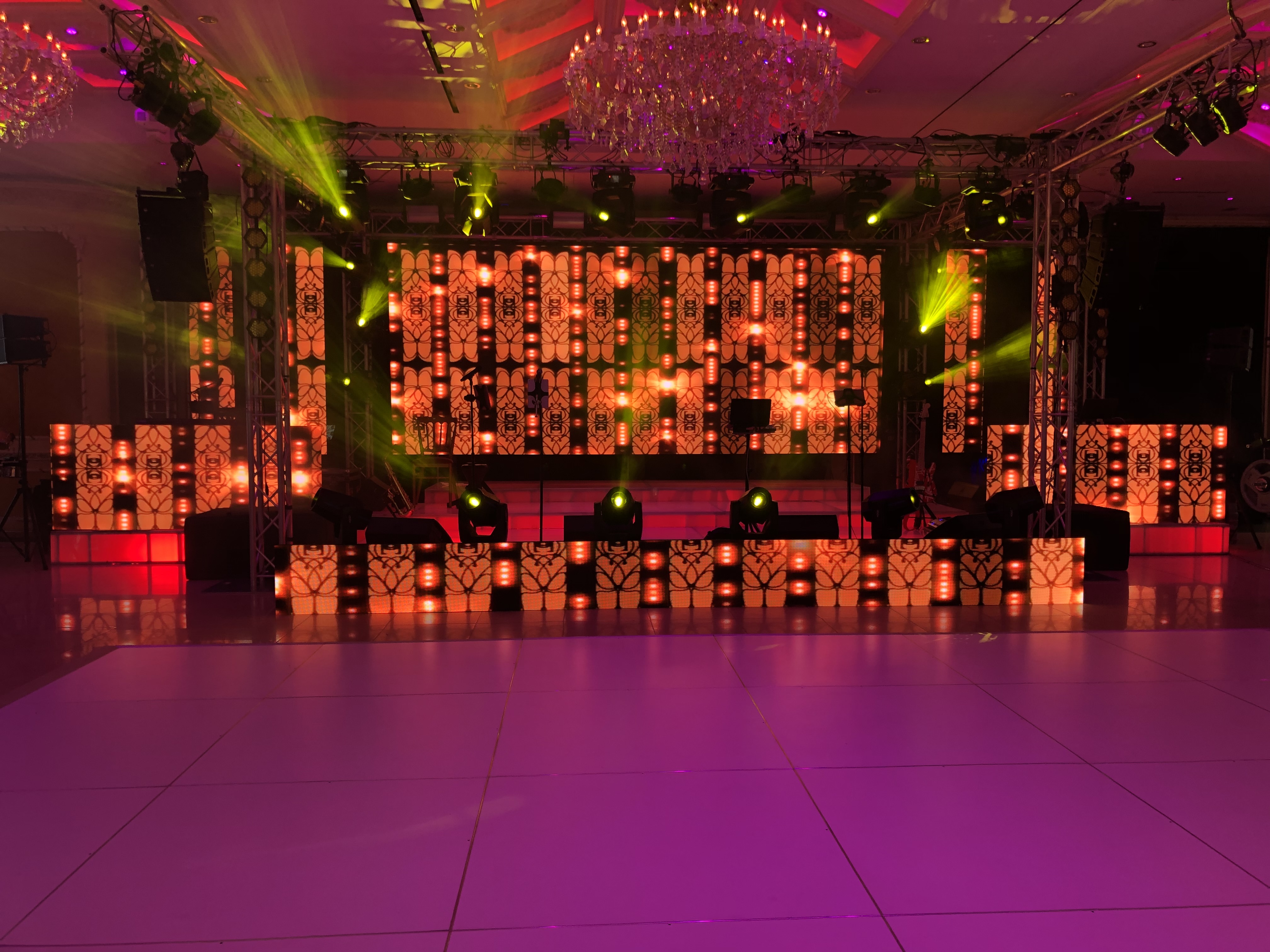Frequently Asked Questions
The impact of viewing distance on the optimal pixel pitch for LED video walls is significant, as it directly influences visual clarity, image resolution, and overall viewer experience. As the viewing distance increases, the human eye's ability to discern individual pixels diminishes, allowing for a larger pixel pitch without compromising perceived image quality. Conversely, at closer viewing distances, a finer pixel pitch is essential to ensure that the pixel density is sufficient to deliver sharp, detailed visuals, thereby preventing pixelation and maintaining high-definition clarity. This relationship is crucial in applications such as digital signage, broadcast environments, and immersive installations, where the balance between pixel pitch and viewing distance determines the effectiveness of the display. Additionally, factors such as ambient light conditions, screen brightness, and color accuracy further complicate this dynamic, necessitating careful consideration of the pixel configuration to optimize visual performance and viewer engagement. Ultimately, understanding the interplay between viewing distance and pixel pitch is vital for achieving the desired aesthetic and functional outcomes in LED video wall installations.
Pixel pitch plays a crucial role in determining the color accuracy and brightness of LED video walls, as it refers to the distance between the centers of adjacent pixels. A smaller pixel pitch typically results in a higher pixel density, which enhances the resolution and allows for finer detail reproduction, thereby improving color fidelity and overall image sharpness. This increased density enables more precise color mixing and reduces the visibility of individual pixels, leading to smoother gradients and more vibrant hues. Conversely, a larger pixel pitch may compromise color accuracy due to the greater distance between pixels, which can result in color bleeding and less uniform brightness across the display. Additionally, the brightness of an LED video wall is influenced by pixel pitch, as smaller pitches often require higher brightness levels to maintain visibility in various ambient lighting conditions. Therefore, the interplay between pixel pitch, color gamut, luminance, and viewing distance is essential for achieving optimal performance in LED video walls, particularly in applications such as digital signage, broadcast studios, and immersive environments.
The pixel pitch requirements for indoor versus outdoor LED video walls differ significantly due to variations in viewing distance, ambient light conditions, and application purposes. Indoor LED displays typically feature a finer pixel pitch, often ranging from 1.2mm to 3.9mm, which allows for high-resolution imagery and close-up viewing, making them ideal for environments such as corporate settings, retail spaces, and event venues where viewers are positioned at shorter distances. In contrast, outdoor LED video walls necessitate a coarser pixel pitch, generally between 4mm and 16mm, to accommodate greater viewing distances and to ensure visibility in bright sunlight and varying weather conditions. The outdoor displays are designed to withstand harsh environmental factors, including UV exposure and moisture, while maintaining high brightness levels and contrast ratios. Consequently, the choice of pixel pitch is crucial for optimizing image clarity, color accuracy, and overall visual impact, tailored to the specific context of indoor or outdoor installations.
The intended content type significantly influences pixel pitch selection, as different media formats require varying levels of detail and clarity to optimize viewer experience. For instance, high-resolution video content, such as 4K or 8K, necessitates a finer pixel pitch to ensure that fast-moving images maintain sharpness and minimize motion blur, thereby enhancing visual fidelity and immersion. Conversely, static graphics or text-based displays may allow for a coarser pixel pitch, as the need for intricate detail is less critical, allowing for cost-effective solutions without sacrificing legibility. Additionally, environments such as outdoor advertising or large venue displays often prioritize brightness and visibility over pixel density, leading to a selection of larger pixel pitches that can withstand ambient light conditions. Ultimately, the interplay between content type, viewing distance, and environmental factors dictates the optimal pixel pitch, ensuring that the display technology aligns with the intended visual communication goals.
When evaluating maintenance considerations for LED video walls, the pixel pitch plays a crucial role in determining the overall upkeep and longevity of the display. A smaller pixel pitch, which results in higher pixel density, often necessitates more meticulous maintenance due to the increased complexity of the individual LED modules and their susceptibility to issues such as dead pixels, color uniformity, and thermal management. Conversely, larger pixel pitches may simplify maintenance tasks, as they typically feature fewer LEDs per square meter, allowing for easier access and replacement of malfunctioning components. Additionally, the calibration and alignment processes can vary significantly; tighter pixel pitches require more frequent adjustments to ensure optimal image quality and consistency across the display. Dust accumulation and environmental factors also differ based on pixel pitch, as finer pitches may attract more particulate matter, necessitating regular cleaning protocols to maintain clarity and brightness. Ultimately, the choice of pixel pitch directly influences the maintenance strategy, including the frequency of inspections, the complexity of repairs, and the overall operational efficiency of the LED video wall system.

